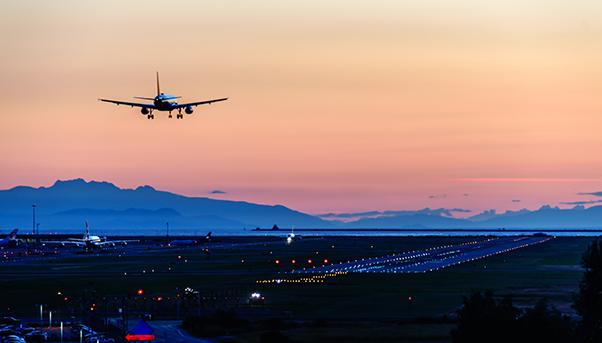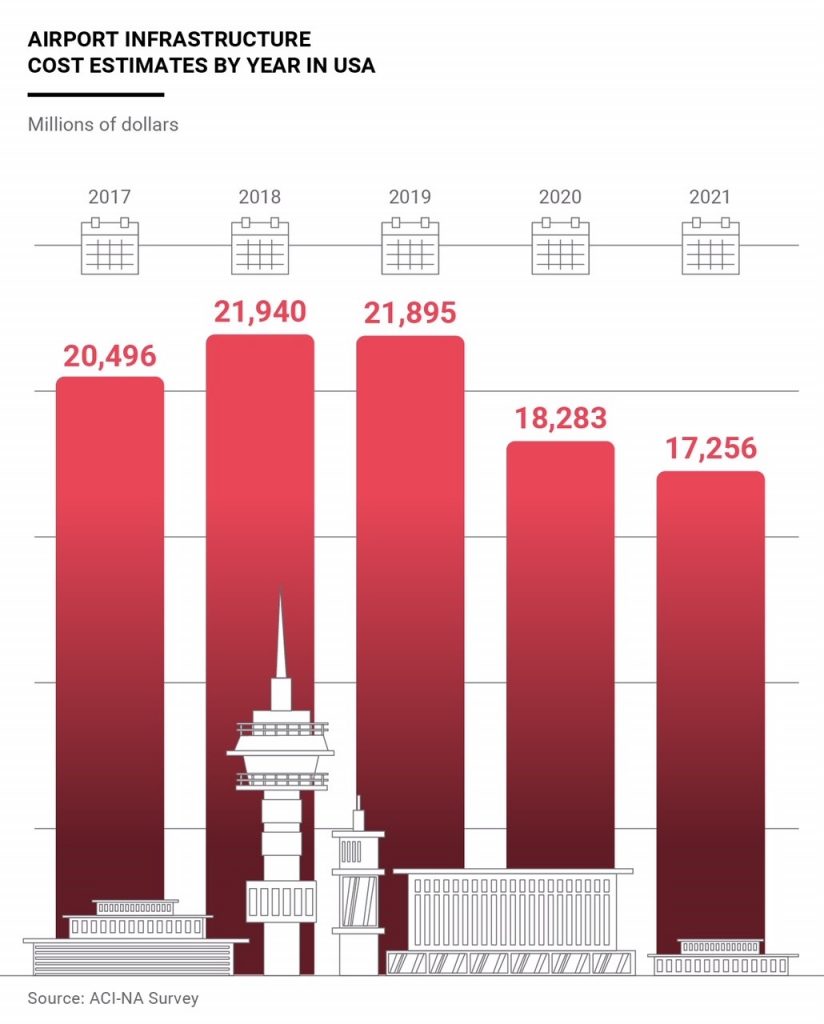
The world’s busiest airport took a break. For over 11 hours the Hartsfield-Jackson International airport of Atlanta was thrown into chaos by an electrical blackout that resulted in 1,000 cancelled flights immediately and 400 more in the hours after the power came back on.
The problems first started at 1:00 PM on December 17, and by the middle of the night the lights in the terminals were out along with all the monitors and electrical appliances throughout the entire airport. The tens of thousands of people inside the facility were effectively “held prisoner” until all of the airports activity returned to normal.
For an infrastructure that handles around 275,000 passengers and 2,500 flights each day, the 11 hours of blackout had a huge impact. To mention just a few of the consequences, over 5,000 meals prepared for passengers had to be thrown away, and leading companies like American Airlines, Delta and United were forced to completely suspend their operations.
Initial checks showed that the blackout was caused by a fire in an underground electrical system, according to a public statement by the management of Georgia Power, which supplies electricity to the airport. Altanta Mayor Kasim Reed made a public apology for the inconvenience.
But in the following hours, the effects of the Atlanta blackout started to spread to international flights as well.
«There’s a lot of other issues downstream to all other airports, where flights should be arriving and departing, connecting to Atlanta, that are going to be disrupted as well», Desmond Ross of DRA Professional Aviation Services, a supplier of airport services, told CNN. «So we’re talking possibly millions of people disrupted over the next few days and it is certainly not going to be fixed in one day».
This devastating impact once again raises questions about the health of some of the infrastructure of the United States. Starting with airports.
US airports: ASCE’s snapshot after Atlanta’s airport blackout
In 2015 there were over two million passengers transported daily; 7,000 flights in the air at any moment of the day or night; nearly nine million commercial flights each year. This is the snapshot of the civil aviation industry of the United States that emerges from the Infrastructure Report Card for 2017 compiled by the ASCE (American Society of Civil Engineering), and the number of passengers and cargo rises each year.
The ASCE calculates that 24 of the 30 largest American airports will soon be handling a “Thanksgiving-peak traffic volume” at least once a week.

Although they are from 2012, the latest available figures on the economic impact of the industry are mind boggling: $1.5 trillion in annual turnover from passenger and cargo transport; 11.8 million jobs; $459.4 billion in earnings. A strategic sector for the nation’s economic growth that nevertheless now finds itself in absolute need of new investment.
According to the Federal Aviation Administration, $32.5 billion is needed from 2017 to 2021 for infrastructure projects. These investments are necessary to improve the efficiency of the USA’s 3,340 airports. This year has been a positive one, so much so that the ARTBA (American Road & Transportation Builders Association) calculates that $13.2 billion has been invested in airport terminals over the last 12 months, a bit of an increase from the $13.1 billion spent in 2016. A strong performance, even if it is not sufficient to meet the modernization needs of the majority of the largest US airports.
Investments for infrastructures to become competitive again
One hundred billion dollars in spending from 2017 to 2021. That’s how much it would take to modernize US airports, according to calculations by the ACI North America of the Airports Council International.
«Over the next five years, airports in the United States have nearly $100 billion in much needed infrastructure projects», said ACI President Kevin M. Burke in the “Airport Infrastructure Needs 2017-2021” report. «These projects will allow airports to accommodate growth in passenger and cargo activity, rehabilitate existing facilities, and support aircraft innovation».
An investment plan that – in addition to improving the infrastructure performance making the airports more efficient – will give a strong push to job creation, because ACI calculates that investing $100 billion in the next five years will create 2.1 million new jobs.
The airports most needing immediate investment are Los Angeles (which should get $10 billion in the next five years), followed by Chicago, San Francisco, Detroit, San Diego, Portland, Orlando and Atlanta (especially after local blackout).
Starting with New York’s La Guardia (see “WeBuildValue” for the story of the restructuring project under way) the list of the vulnerable points of American airports is quite long. So much so that the ACI report says the amount of investment needed has risen 32% since its previous report in 2015.
If this need for renovation is not met in the coming years, it is possible that this strategic infrastructure will not be able to keep up with the country’s economic growth, increasing the risk that the episode at Atlanta will not be an isolated case.

